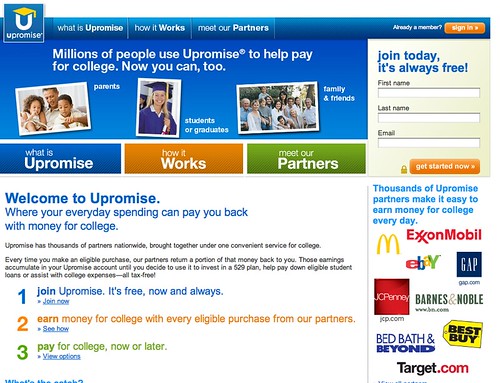The Bankwatch had an interesting post titled Payments – the impossible dream for Banks? this week outlining the importance of payments for banks and the challenges they face in bringing about innovative and user-friendly payment solutions. Colin’s line of thought is that:
- Banking has moved to self service
- Self-service allows two types of financial activity … view balances, or move money.
- Moving money is payments.
- Payments, as currently offered by banks, are mostly hell and they cry out for innovation
- Payments innovation is not about technology or standards (SEPA), but about customer experience
I cannot but connect this “hell” experience with one of the most interesting questions raised during the Mobile Web Wars conference last week:
Why people are willing to pay for apps on the iPhone, but not on Facebook?
Why people are willing to pay $3 for ringtones, but not $1 for music files?
A participant was arguing that the reason was the “mobile effect” i.e. the fact the mobile is a relatively new communications channel that is so personal that people value it more than the PC channel. But at the same time, Bart Decrem, CEO of Tapulous, a social app company for the iPhone, was saying in the background: “Ease-of-use, Ease-of-use, Ease-of-use”, in other words: convenience drives customer value and their willingness to pay.
Something pretty obvious some would say, but this idea was made to me much clearer in the last few days while trying out two new services: expensure.com, a London-based bill sharing online application, and TipJoy, an online tipping (“micropayment”) service. Both services address different user problems, but they both address it very well with an extreme focus on convenience.
TipJoy for instance, does not require what you would normally call “payees” to register: you can simply donate to any URL on the Web you want. As Web site owners register and add the TipJoy button on their Web site, they essentially claim by the same token URLs and collect tips. From the payer / tipper perspective, a single click on the TipJob button is required, nothing more: the button is already configured by the payee with a pre-defined amount (in the order of 5 to 50 cents). This is convenience at its best.
Expensure solves the problem traditionally solved by complex spreadsheet. I used it to share bills between an upcoming WE trip with my friends and I was extremely satisfied with the application. It’s all in the details. For instance, I was able to set a ledger and experiment adding expenses to it without having to invite my friends to the service, something that would have refrained me from starting to use it, b/c my friends are too busy to receive unwanted invites from applications I found not worth using after a trial. In this case, I did, and ultimately send the invite to 5 friends.
Both applications touch on the problem of payments, but with an extreme focus on a relatively highly context-specific problem and a very well designed solution to the problem. Yes, I could have used my bank’s transfer service, or checks, plus a shared Google Spreadsheet, as I did in the past, but I will certainly not do so now that my social network is almost set up with Expensure. Same thing with TipJoy: while I could have used a PayPal button on my blog, I can see the value of simply providing a pre-defined amount to users willing to tip me, and will most likely go with them in the end if I ever want to be tipped for writing these articles (I’m not really and I’m doing this on the side of my day job).
What was the most interesting to me, what the following FAQ excerpt from Expensure:
Can I pay somebody back using Expensure? Soon. Right now we are focusing on making Expensure the best shared expense tracking app out there.
and from TipJoy:
Why can’t I withdraw cash from my Tipjoy account? There are legal implications to allowing this transaction which we are currently working through. We expect that you will be able to withdraw cash very soon. In the meantime, if you have a minimum of $5 in your account after removal of applicable fees, then you can do the following with your earnings: 1. Donate to any official charity you’d like 2. Purchase an Amazon gift
Both of these companies are clearly focused on providing the best customer experience first, then only will they figure a way to monetize it. They probably have listened very well to this presentation from Paul Graham on how being benevolent and focusing on solving problems is more important than thinking about making money when starting a business.
The only thing that these companies are missing is that they are not a bank or Credit Union, but as good entrepreneurs, starting a new CU or bank is probably not an option they will choose. Just like PayPal partnered with Wells Fargo, I would not be surprised to see an innovative bank or CU partnering with them to handle the back-end aspect of their solution, in particular legal compliance in each legal framework/geography they do business in.
So, when real-estate agents are asked about RE investments strategy, it’s: “Location, Location, Location”. When asked about early-stage investments, VCs talk about “People, People, People”. Perhaps, when banks are asked about their payment strategy, or their general banking strategy for that matter, bank should say: “Convenience, Convenience, Convenience”.
